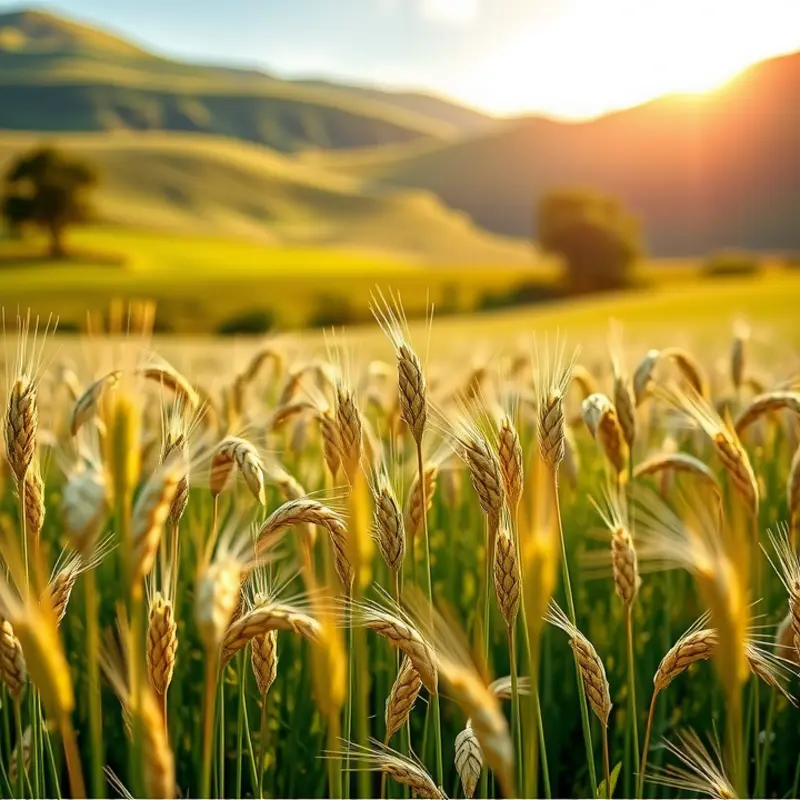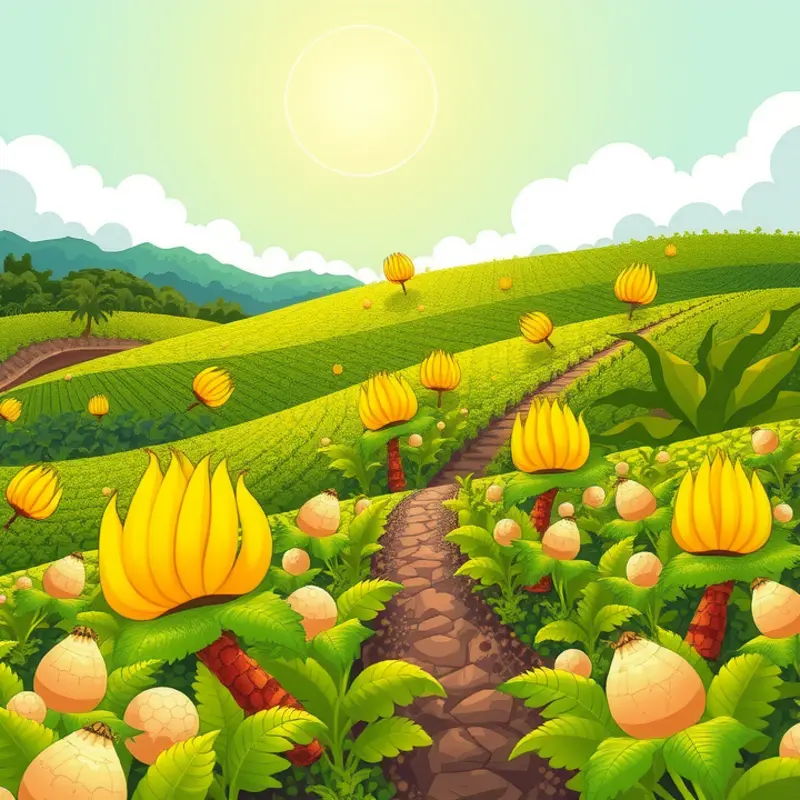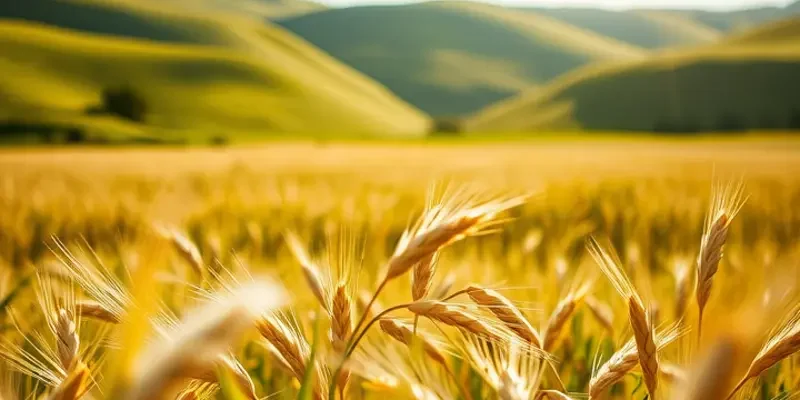Porridge represents a comforting staple across many cultures, transcending borders with its warm embrace. This simple dish, made primarily from grains and water, evolves uniquely in different societies, shaped by local ingredients and traditions. From the creamy oat bowls of Scotland to the plantain-based concoctions in West Africa, porridge is not just a meal; it embodies collective memories, familial bonds, and regional pride. Join us as we delve into the rich tapestry of porridge traditions around the globe, uncovering the delightful stories and cultural contexts embedded in each bowl.
Oatmeal: The Heart of Scottish Heritage

In Scotland, porridge is more than just a breakfast—it is a cornerstone of cultural identity. At its core, Scottish porridge is made from hearty oats, and its simplicity belies a rich tradition that resonates across generations. Known as the “fuel for the Scots,” oatmeal has become emblematic of the country’s frugal and resilient nature.
This quintessential dish is traditionally served with a pinch of salt or a drizzle of honey, invoking memories of misty mornings and warm kitchens. For many Scots, the method of cooking is almost as sacred as the meal itself. Traditionally, oatmeal is stirred clockwise with a wooden stick known as a spurtle. This practice, steeped in superstition, reflects the Scots’ deep respect for their traditions and their environment.
Each morning bowl carries with it a sense of continuity and community. Families often share anecdotes as they enjoy the porridge’s comforting consistency, reinforcing ties that bind generations. Beyond the home, oatmeal is celebrated in Scotland with events like the World Porridge Making Championship. Contestants vie for the Golden Spurtle, a testament to the dish’s revered place in Scottish life.
From castle kitchens to humble homes, porridge has sustained Scots through harsh winters and economic hardship. Its nutritional simplicity offers both sustenance and symbolism. Oats, a resilient crop, thrive in Scotland’s often challenging climate, embodying a spirit of perseverance. This adaptability has allowed oatmeal to remain a culinary staple across social classes.
Even today, the Scottish breakfast table is incomplete without a bowl of porridge. Its nutritional benefits are undeniable—rich in fiber and low in fat, oatmeal supports both heart health and satiety. Those exploring plant-based eating options can incorporate oatmeal seamlessly into their diets. Read more about easy plant-based eating.
In communal settings, the sharing of oatmeal can foster unity and understanding. Serving guests a bowl of porridge is a gesture of warmth and hospitality. These practices ensure that oatmeal remains a living tradition, continuously adapting to modern tastes and nutritional insights.
Such cultural continuity speaks volumes about oatmeal’s role as a symbol of Scottish heritage. While the world may know the Scots for kilts and bagpipes, it is their humble porridge that quietly fortifies the national spirit. Oatmeal not only nourishes the body but also nurtures a collective memory, holding the essence of Scottish tradition within each bowl.
Fufu: The West African Staple

In the vibrant kitchens of West Africa, the rhythmic sound of pounding echoes—a symphony signaling the making of Fufu. This cherished dish, made from cassava, yams, or plantains, embodies the essence of communal dining. When these starchy roots are boiled to tenderness, they are transformed through dexterous pounding into a smooth, elastic dough. This process, reminiscent of age-old traditions, is as much about the skill as it is about participation. By pounding in rhythm, often using a mortar and pestle, generations connect, sharing stories and laughter.
Fufu is more than just food; it is a cultural emblem embodying the spirit of togetherness. It plays a starring role at gatherings, served alongside savory stews, which are often rich with ingredients such as palm oil, fish, and various meats. This pairing invites an interactive dining experience, where hands become the utensils of choice. Diners pinch off a piece of Fufu, shape it, and use it to scoop the stew—a tactile journey of taste and texture.
The history of Fufu stretches back centuries, reflective of West Africa’s rich culinary evolution. It is perhaps due to its adaptability that Fufu has remained a staple. Whether at a festive gathering or a simple family dinner, its presence speaks to a shared heritage and the inherent value of food as a vehicle for social connection.
In regions where cassava is the primary ingredient, its cultivation is deeply integrated into the local farming practices. Cassava’s resilience as a crop mirrors the enduring nature of cultural traditions that Fufu represents. The act of preparing Fufu not only sustains traditions but also supports local economies, fostering a sense of pride and ownership within communities.
While the art of Fufu-making is indeed rooted in tradition, it need not be static. Modern adaptations allow for experimentation, introducing new flavors while respecting the core principles of its preparation. This evolution showcases how culinary practices can adapt while honoring ancestral techniques.
For those interested in exploring the broader influences on global cuisine, the journey of Fufu offers an enriching perspective. The dish’s profound cultural significance underlines the universal language of food. Through Fufu, we learn how meals serve as a bridge—connecting us to each other and to history. As you dive into the world of culinary globalization, consider how traditional practices, such as those surrounding Fufu, continue to influence modern, globalized food culture. Explore more about these culinary intersections here.
Final words
From the traditional Scottish oatmeal to the lively West African fufu, porridge is a reflection of cultural identity and culinary richness. Each bowl tells a story, woven through generations and shaped by the land’s offerings. Whether it’s served sweet, savory, or somewhere in between, porridge binds communities and families while celebrating the diversity of global flavors. As you journey into these traditions, consider how such simple comfort foods continue to evolve and hold significance in our daily lives. So why not explore these recipes in your kitchen and partake in this shared cultural experience?








